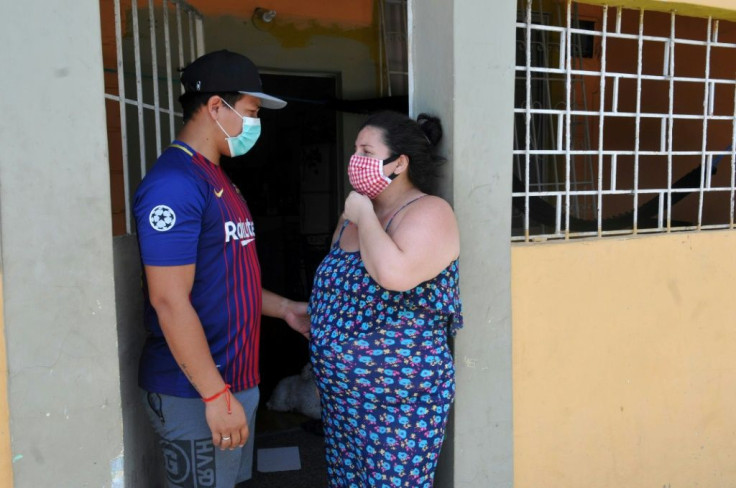Heart Attacks in Pregnancy Still Rare, but ...

Women who become pregnant at 30 or older are at increased risk of a heart attack during pregnancy, labor and delivery, right through the postpartum period, according to a study by the American Heart Association.
Heart attacks are still rare in this group, but the rate in pregnant women is increasing, said the researchers. In the United States, over 15% of pregnancy-related deaths from 2011 to 2015 were caused by cardiovascular conditions.
Researchers from New York and Rhode Island used the National Inpatient Sample database, which contains millions of anonymous inpatient visit records. They found 11.3 million women who were screened during pregnancy, labor and delivery, and postpartum, from 2003 through 2015. Among these women, 913 had a heart attack; nearly three-fourths of those women were 30 years or older.
Age breakdown
The researchers noted that most of the heart attacks – 51% – happened during the postpartum period; 37% during pregnancy; and only 12% during labor and delivery.
Age was a factor, although not for the oldest mothers. The percentage shot up between the ages of 30 and 39:
- 11% were 18 to 24
- 17% were 25 to 29
- 29% were 30 to 34
- 27% were 35 to 39
- 16% were 40 to 55
Income Mattered
More women on the lower end of the socioeconomic scale had heart attacks than those who were more economically secure:
- 31% were in the 0 to 25th percentile of income
- 25% were in the 26th to 50th percentile
- 23% were in the 51st to 75th percentile
- 20% were 76th to 100th percentile
The best explanation for this trend is that those in the lowest percentile have more limited access to healthcare and prenatal counseling. “[P]rior investigations have noted that pregnant women with lower socio-economic status often have delays in obtaining care and timely insurance coverage,” the authors wrote.
Risk factors
Some health risk factors stood out to the researchers.
About a third of the women who had heart attacks had coronary artery disease, or CAD, before becoming pregnant, 10.5% were obese, and 19% had a history of smoking.
Some of the risk factors are non-modifiable, meaning they can’t be controlled. These include CAD, socio-economic status and race. The strongest risk factor was having CAD before the pregnancy.
Modifiable risk factors include being obese, having high cholesterol or high blood pressure, and smoking or using drugs.
The take-away
Knowing your risk factors is the first step in taking care of your heart health. If you are thinking of becoming pregnant and have a modifiable risk factor, now is the time to try to get that under control. This could mean changing your diet and exercising to improve your cholesterol and blood pressure levels. This would also help you lose weight. Quitting smoking is another improvement you can make.
If you are pregnant, ask your doctor what you can do to reduce your risk. It’s important to recognize the signs and symptoms of a heart attack and to seek help immediately if you experience them.
Women can have subtle signs that could be confused with pregnancy issues, but it’s better to be checked than delay care for what could be a life-threatening situation.
If you experience any of these symptoms, call 911. Do not drive yourself to an emergency department, as you could become very ill very quickly:
- Uncomfortable pressure, squeezing, fullness or pain in the center of your chest for more than a few minutes. It may also be intermittent.
- Pain or discomfort in one or both arms, the back, neck, jaw or stomach
- Nausea and vomiting, along with chest discomfort or pressure
- Shortness of breath, with or without chest discomfort.
- Breaking out in a cold sweat, nausea or lightheadedness.



























